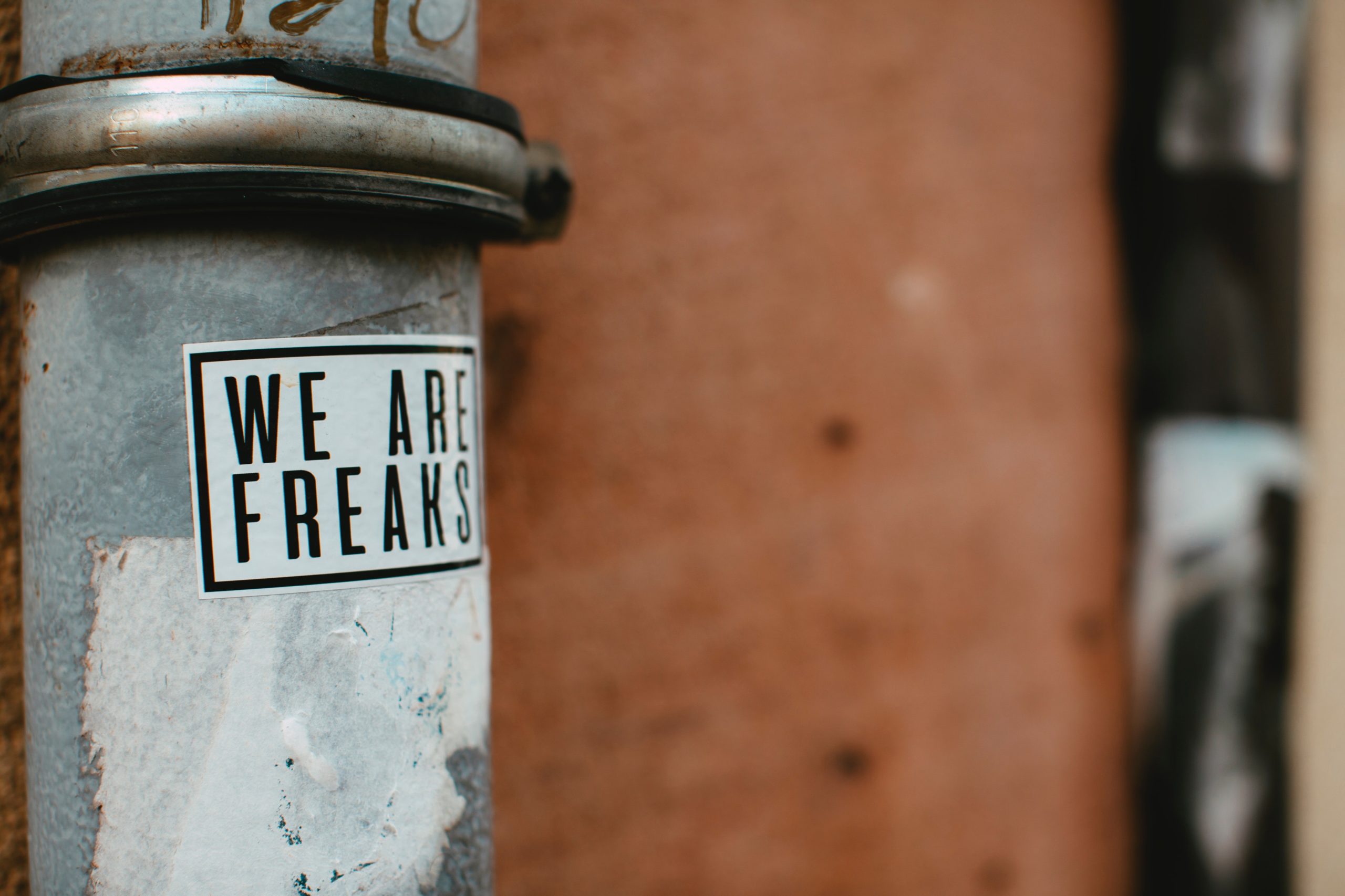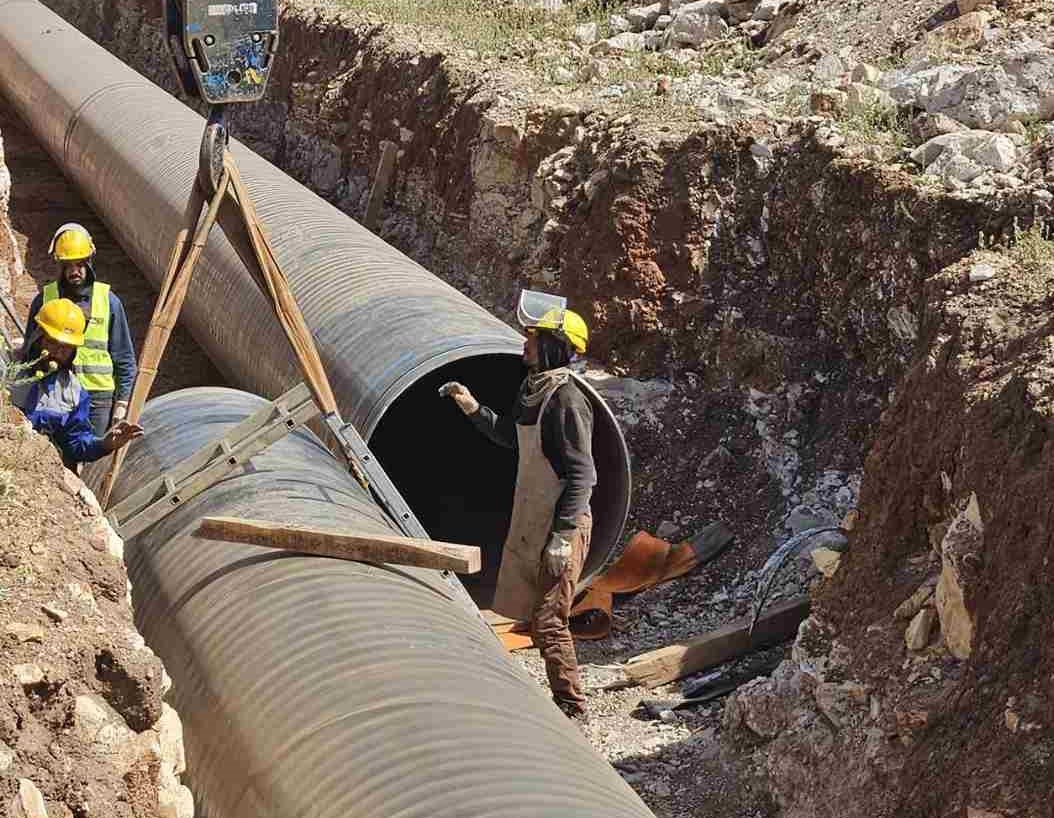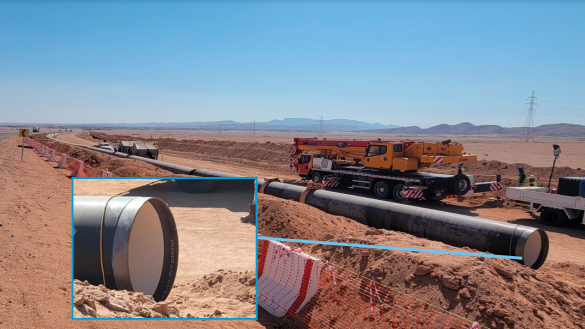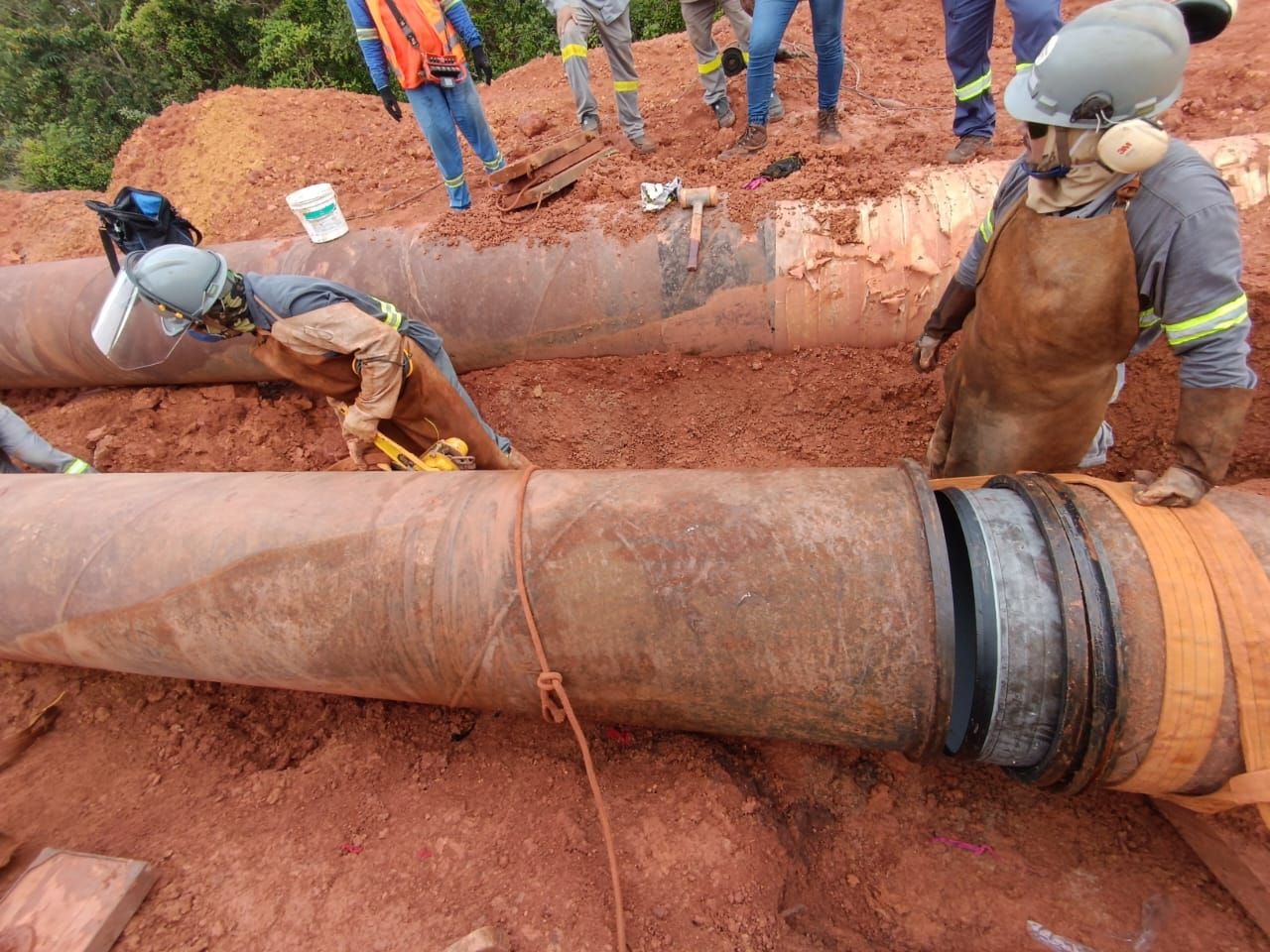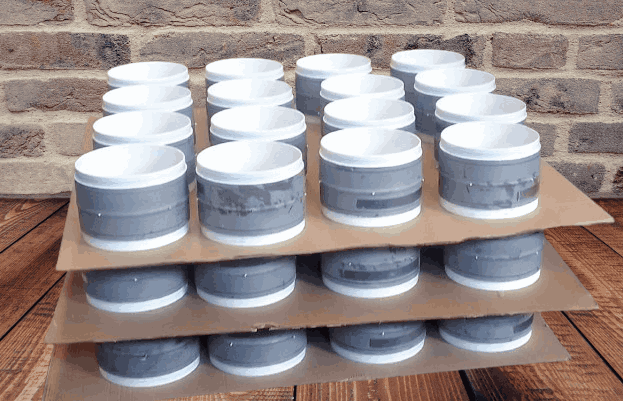Knowing the types of pipeline corrosion may help you to treat this problem properly. Industries like energy, industrial, infrastructure, heavy equipment, and marine use carbon steel extensively. Unfortunately, carbon steel is quite prone to internal pipeline corrosion, which can seriously impede workflow and production and cost businesses a lot of time and money. Understanding corrosion is the first step in combating it for the prevention of pipe corrosion.
Let’s examine how the different corrosion types develop and how carbon steel can be harmed by them. But here is a reminder for you, if you have corrosion, you must treat internal pipeline corrosion. For this purpose, LPS is always here to provide you best technologies and tools to treat this problem such as pipeline coating and Flexsleeve.
What Is Corrosion In Pipelines?
By reacting chemically or electrochemically with their surroundings, materials (typically metals) slowly deteriorate. The focus of the discipline of corrosion engineering is managing and avoiding corrosion. This refers to the electrochemical oxidation of metal in reaction with an oxidant such as oxygen, hydrogen, or hydroxide in the phrase’s most widespread usage.
The development of iron oxides during rusting is a well-known instance of electrochemical corrosion. This type of damage typically produces oxide(s) or salt(s) of the original metal and results in distinctive orange colourations.
Types Of Pipeline Corrosion
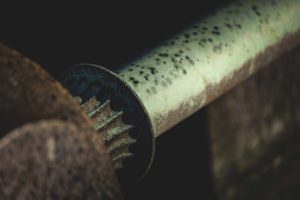
1. Uniform Corrosion
We can define uniform corrosion as an even attack on a material’s surface. It is also the most benign because it can reproduce and test the phenomenon consistently.
Additionally, it is possible to fairly easily judge the severity of the attack and the impact it has on material performance. This kind of corrosion usually affects very sizable portions of a material’s surface.
2. Galaxian Corrosion
A highly particular set of conditions leads to galvanic corrosion. You can find this in environments where there are electrochemically dissimilar metals in electrical contact that have exposure to an electrolyte. Galvanic interaction between the anodic and cathodic metals causes this corrosion to happen.
3. Pitting Corrosion
One of the most damaging forms of corrosion is pitting, which can be challenging to anticipate, identify, and characterize. Pitting is a localized kind of corrosion in which a nearby cathodic point or anodic point joins forces with the surrounding normal surface to produce a small corrosion cell.
When a pit starts, it develops into a “hole” or “cavity” that can take on several shapes. Pits often encroach vertically downward from the surface. Pitting corrosion can be brought on by localized cracks or abrasions in the protective oxide film or coating, as well as by irregularities in the metal structure itself.
Pitting is risky because it may result in structural breakdown with a minimal overall loss of metal.
4. Fretting Corrosion
This kind of corrosion happens when the metal’s surface develops pits and grooves as a result of repeated weight, vibration, or wear. When we move heavy machinery from one location to another location, Most frequently, this happens or surfaces vibrate.
5. High–Temperature Corrosion
High-temperature corrosion can result from vanadium-containing fuels, oxidation, sulfidation, or carbonization. Sulfates can also create corrosive compounds that harm carbon steel, which is typically resistant to corrosion and high temperatures.
6. Copper Pipe Corrosions
Corrosion can also affect copper pipe construction. In reality, there are a lot of corrosion, leaks, and failures happening with copper pipes. The majority of failures in copper piping systems are caused by particular elements or occurrences, such as water with a low pH and acidic content, galvanic activity with poor grounding or stray voltage, or high steel corrosion activity that causes iron oxide to migrate into the copper lines.
You can stop pipe leaking such as copper pipe corrosion quickly by using pipe leak repair kits. Such problems are easily remedied when the copper pipe surface is not in close touch with the environment that encourages its corrosion. You should mention that due to It the thin wall thickness, repairs are necessary.
7. Soil Corrosion
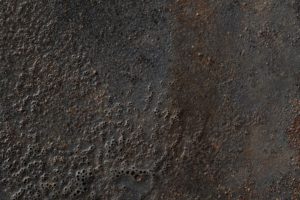
The exposure of carbon steel to oxygen and moisture in the surrounding soil, soil corrosion occurs. The most corrosive soils have high levels of dissolved salts, high electrical conductivity, high acidity, and high moisture content.
It is important to understand the things that impair carbon steel because it makes up roughly 85% of the world’s total production of steel. Understanding and controlling carbon steel corrosion can help reduce and ease the high expenses linked to this widespread challenge.
8. The Cooling Tower And Exchanger Corrosion
Corrosion at the cooling tower is indicated by rust deposits at the pans, white deposits at the cooling tower, discolored and turbid water, etc. In addition to obstructing operations, algae and other organic growths hasten many other corrosion processes and encourage corrosion that is influenced by microbes.
In many cases, cooling tower maintenance and rust deposit removal are carried out without ever looking into the root of the issue and without taking into account the fact that the amount of rust deposits exposed at the tower is insignificant in comparison to the number of rust deposits still inside and firmly attached to its walls.
The majority of heavy rust deposits are only released to be transferred to the cooling tower following some sort of shock to the system, like a spring start-up or temperature shift, after decades of intense corrosion activity. Most filtration systems rarely capture them, and most chemical adjuncts either eliminate or dissolve them.
Conclusion
Metals may experience local corrosion in aquatic settings, such as pitting, crevice, intergranular, stress, and galvanic corrosion, in addition to uniform corrosion. Stainless steel products offer value and protection from these dangers in situations where corrosion is a concern.
Stainless is resistant to many common corrosives thanks to its advantageous chemical makeup. And is also substantially less expensive than specialised alloys like titanium and Inconel alloys.
Chromium interacts in an oxygenated atmosphere to produce a passive oxide layer on the surface of the metal. Which slows further oxidation and gives it a self-healing characteristic that helps it withstand both uniform and local corrosion. We hope the article, “Types of Pipeline Corrosion” may be useful for you.

